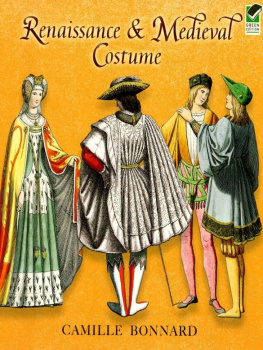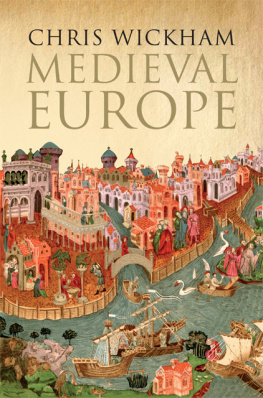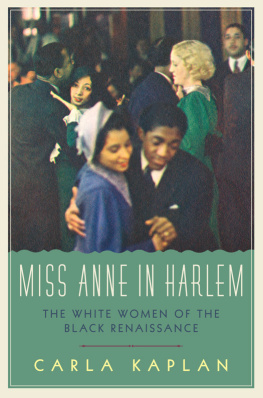Copyright 2018 Walter de Gruyter GmbH, Berlin/Boston
Library of Congress Cataloging-in-Publication Data are available from the Library of Congress.
ISBN: 9781580443456
eISBN: 9781580443463
All rights reserved. Without limiting the rights under copyright reserved above, no part of this book may be reproduced, stored in, or introduced into a retrieval system, or transmitted, in any form, or by any means (electronic, mechanical, photocopying, recording, or otherwise) without the written permission of both the copyright owner and the author of the book.
Every effort has been made to obtain permission to use all copyrighted illustrations reproduced in this book. Nonetheless, whosoever believes to have rights to this material is advised to contact the publisher.
Acknowledgments
G RATITUDE IS DUE TO Vanessa Crosby and Emily Kelley, whose session Memorials for Merchants: The Funerary Culture of Late Medieval Europes New Elite at the 2014 College Art Association Annual Meeting introduced me to Karen Rose Mathews and Harriette Peel and gave birth to the idea of a volume on middle-class burial practices. I wish to thank all of my authors for their patience and diligence in bringing this project to fruition. We would like to thank Hannah Calich, GIS Services, Otto G. Richter Library, University of Miami, for her assistance in creating the maps for the volume and Karen for coordinating this effort. We are most grateful to Charlotte A. Stanford for securing a publication subsidy from Brigham Young University, College of Humanities. The Francis Coales Charitable Foundation, the Richard III and Yorkist History Trust, and the Merchant Taylors Company in London generously provided additional financial support, and we sincerely thank Christian Steer for obtaining these grants to fund the volumes production. Special thanks to Erika Gaffney for shepherding the volume from start to finish with such care and efficiency.
Introduction
Anne Leader
C ARE FOR THE DEAD is as old as human civilization, and burial customs could, in fact, predate society. A Paleolithic bone pit known as Sima de los Huesos near Burgos, Spain may have been a deliberate ritual site in use over four hundred thousand years ago. ).
This collection of essays provides a broad overview of memorialization practices across Europe and the Mediterranean while examining local customs through particular case studies. Eleven chapters explore complementary themes through the lens of commemorative art and practice, including social status; personal and corporate identities; the intersections of mercantile, intellectual, and religious attitudes; upward (and downward) mobility; and the cross-cultural exchange of memorialization strategies.
Though not a primary focus of this book, these studies also raise questions about periodization and the semantics of discussing historical Continental and Mediterranean cultures in contemporary English. The terms medieval, Renaissance, middle class, noble, and elite do not mean the same thing at the same moment in the locales under investigation. Nor do todays geopolitical boundaries illuminate the cultural identities developed during these centuries. Therefore, the authors discuss not a middle class, but rather the shifting and growing middle classes that developed in various European centers after the twelfth century. We broadly define middle class as neither those who were poor, indentured, or enslaved nor those whose wealth predominantly relied on income from lands passed down along family lines. Of course, many who fit into this middle group became immensely wealthy, often overtaking their aristocratic counterparts not only in material comforts and economic power but also, and more importantly, in the political realm, where opportunities for power and control became available to those not nobly born. Time and again we see upstarts and arrivistes taking on the conservative mantle of those they replaced as they strove to maintain and protect what they now claimed as their birthrights and came to constitute a new elite.

Map 1 Map of Europe. Courtesy of Hannah Calich, GIS Services, Otto G. Richter Library,
We find that influence is not unidirectional; nobles and bourgeois borrowed and adapted commemorative strategies from each other, while membership among elite groups was fluid, dependent on changing fortunes, governments, and family size. Aristocrats of the sword, that is, by virtue of inherited property and the feudal titles associated therewith, and aristocrats de la robe , by virtue of acquisition through bureaucratic service, government reform, or outright purchase, together formed Europes elite, though they did not always sit comfortably together.
The vast majority of Europeans were, of course, buried in common parish graves, often unremarked beyond the moment of interment. Western societies have had difficulty deciding where to put their dead, at times restricting them to necropolises or graveyards outside city walls. Provided that a Christian was an adult, able to make decisions, and acted in good faith (that is, did not deprive the parish of its rightful burial income), he could request burial in any sanctified space. Exceptions to this rule were monastic residents, who relinquished their right of choice upon commitment as a monk, nun, or friar. Women also had the additional expectation that they would be buried with their fathers, if unmarried at death, or with their husbands, though we do find cases of women returning to the plot of their natal kin, often to the consternation of their in-laws.
From the start, Christians were allowed church burial, going against Roman custom of the extramural cemetery. One motivation for burial indoors, at least initially, may have been fear of tomb raiders.









 W ESTERN M ICHIGAN U NIVERSITY
W ESTERN M ICHIGAN U NIVERSITY
 Map 1 Map of Europe. Courtesy of Hannah Calich, GIS Services, Otto G. Richter Library,
Map 1 Map of Europe. Courtesy of Hannah Calich, GIS Services, Otto G. Richter Library,